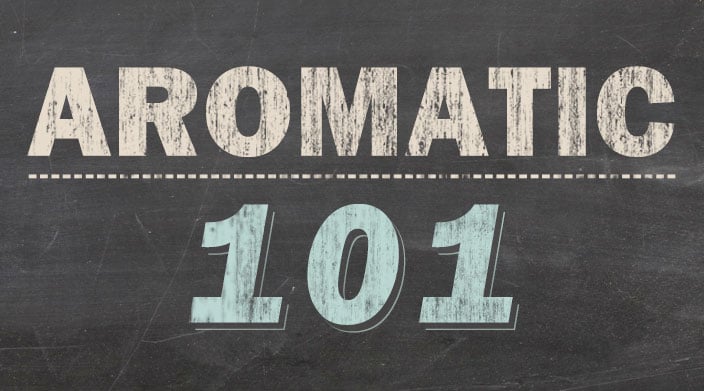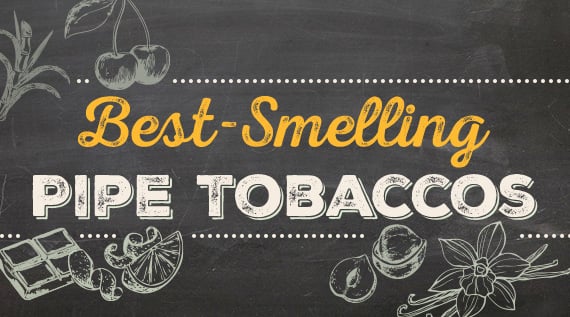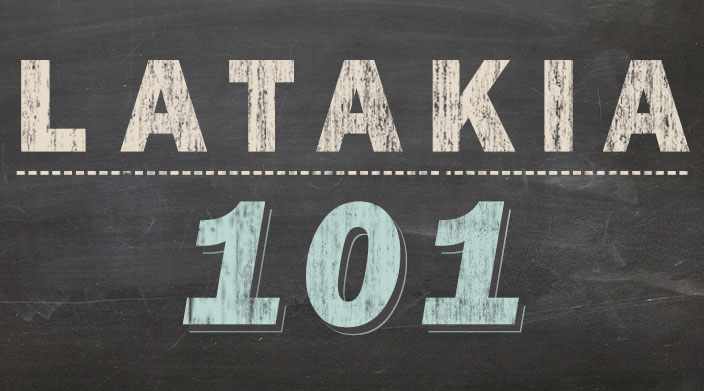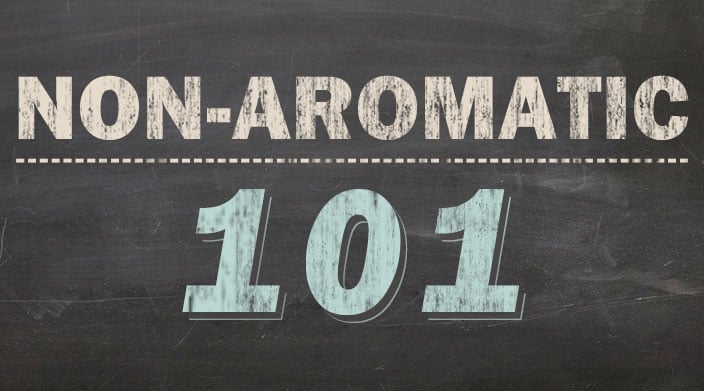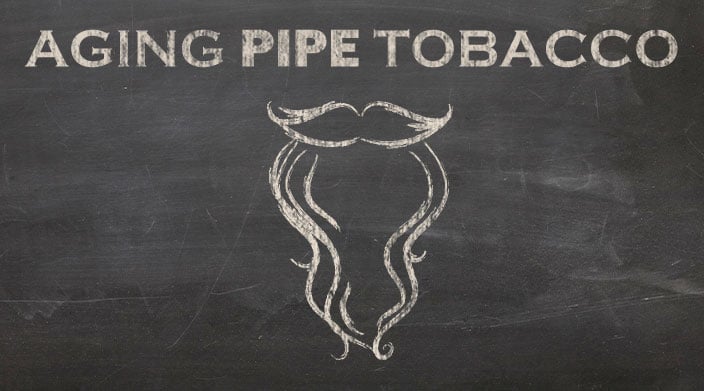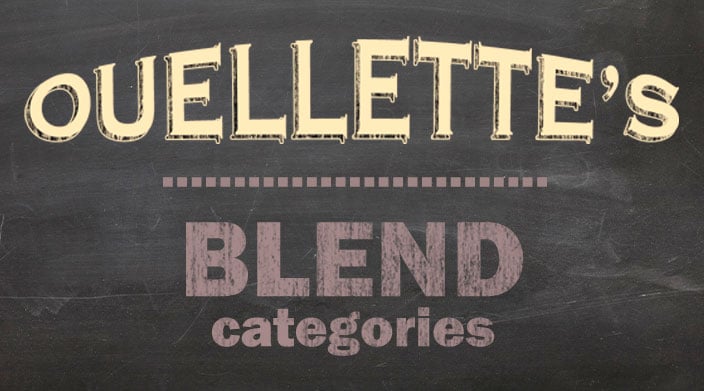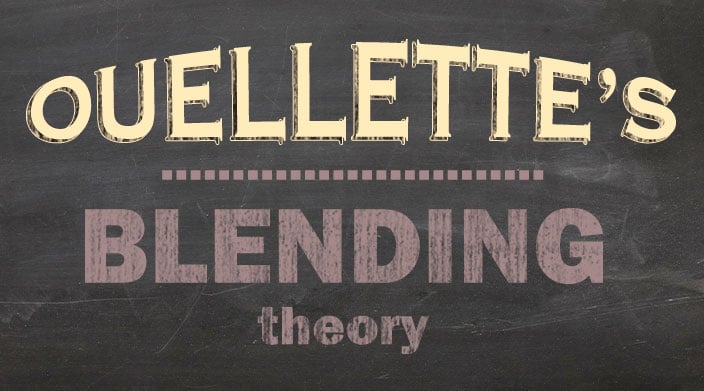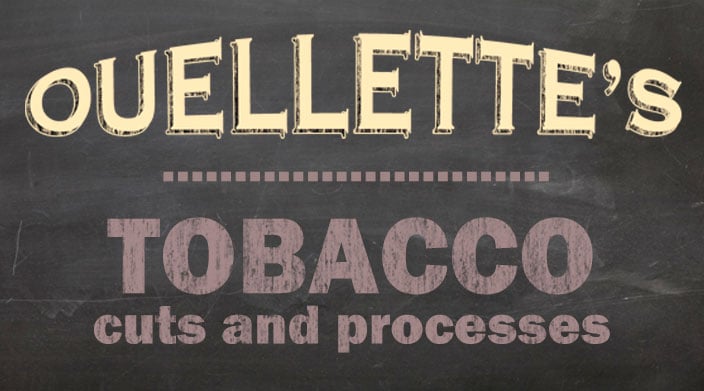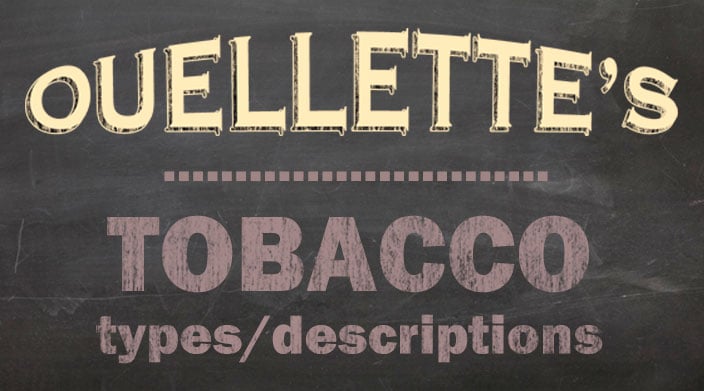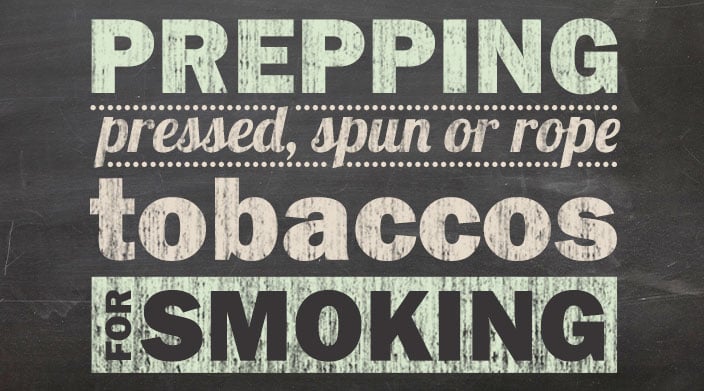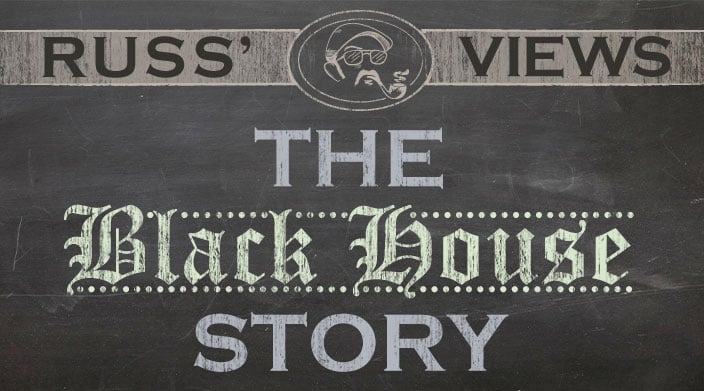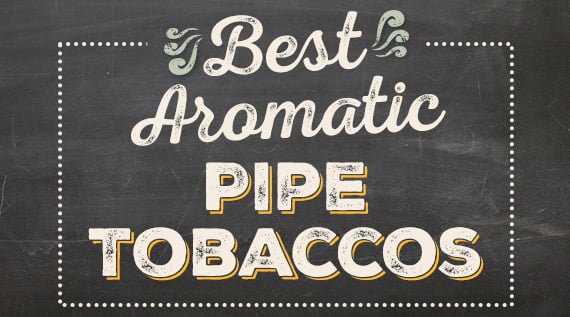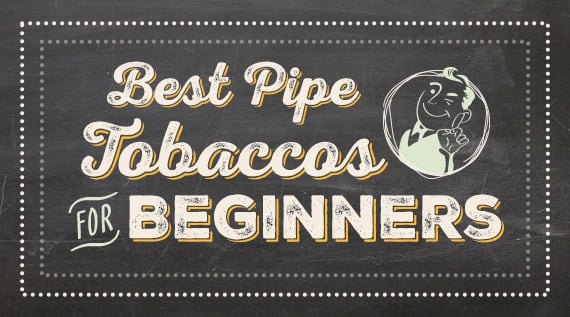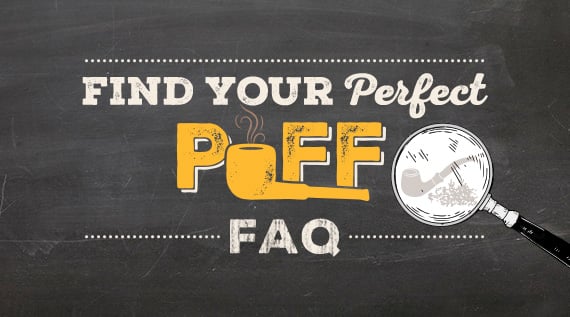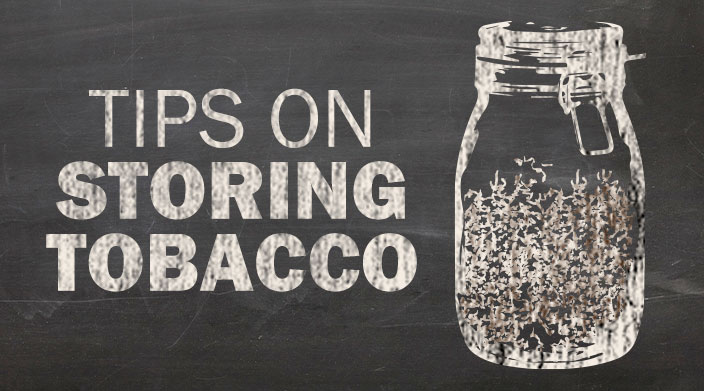What makes a tobacco blend an aromatic? By current standards, that would be a blend with enough of a top-dressing (added flavoring) that it will become noticeable in the room note. The most common types of tobacco used in aromatics are Virginia, Burley and black Cavendish (which is actually a process and not a tobacco, but I digress…). The base tobaccos are usually cased with some kind of sweetener (molasses, invert sugar, maple sugar, among others). The casings are normally water-based, so after casing, the tobacco is run through a chamber to reduce the moisture level.
After that, the tobacco is sprayed with an alcohol-based flavoring (top-dressing). This is what imparts a particular aroma. Commonly used flavors are vanilla, caramel, maple, fruits, and chocolate among many others. The reason that top-dressings are alcohol-based is so the manufacturer doesn’t have to re-dry the tobacco in the heated chamber. By using alcohol, all they have to do is let it sit open for 1 to 2 days, and the alcohol will “flash off,” leaving just the flavoring behind.
So, if you’re curious about how they can make some pipe tobaccos smell so mouth-wateringly good, now you know how aromatics are made.




